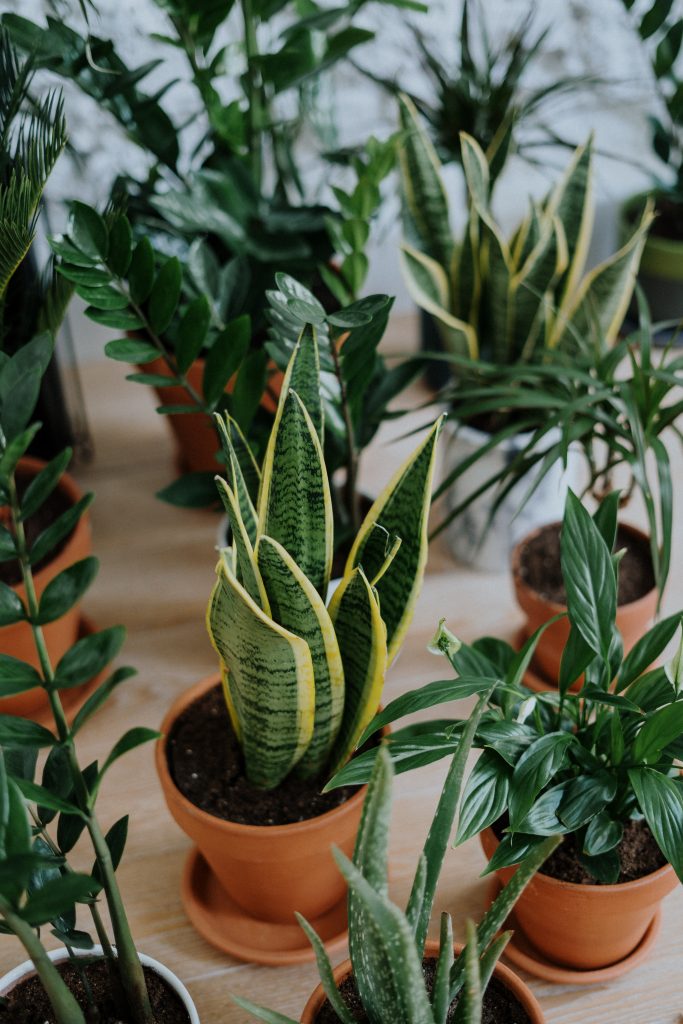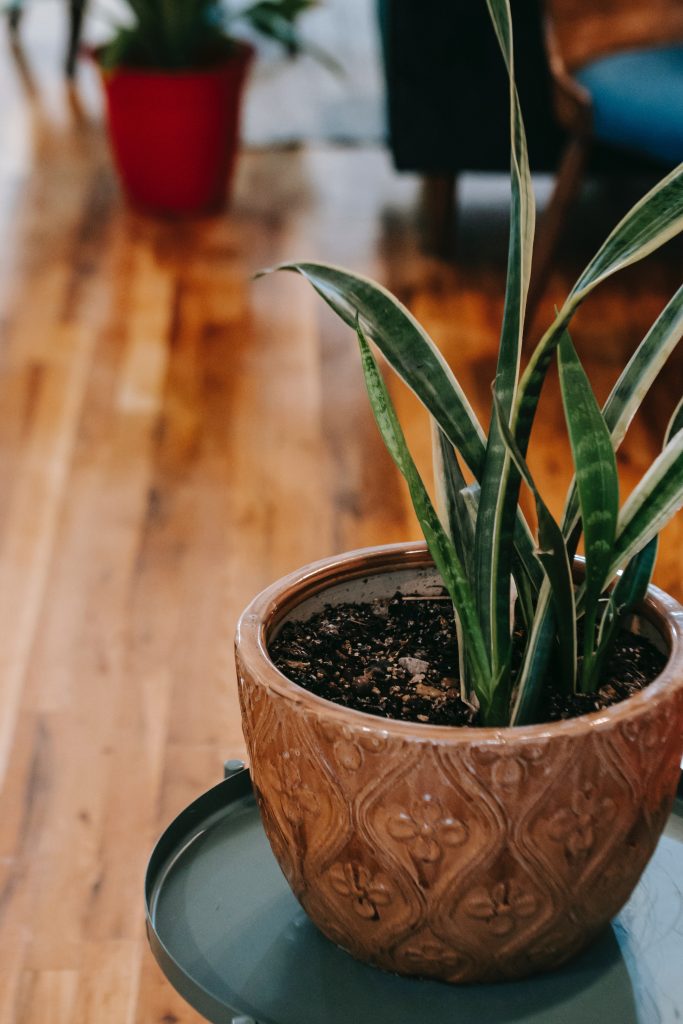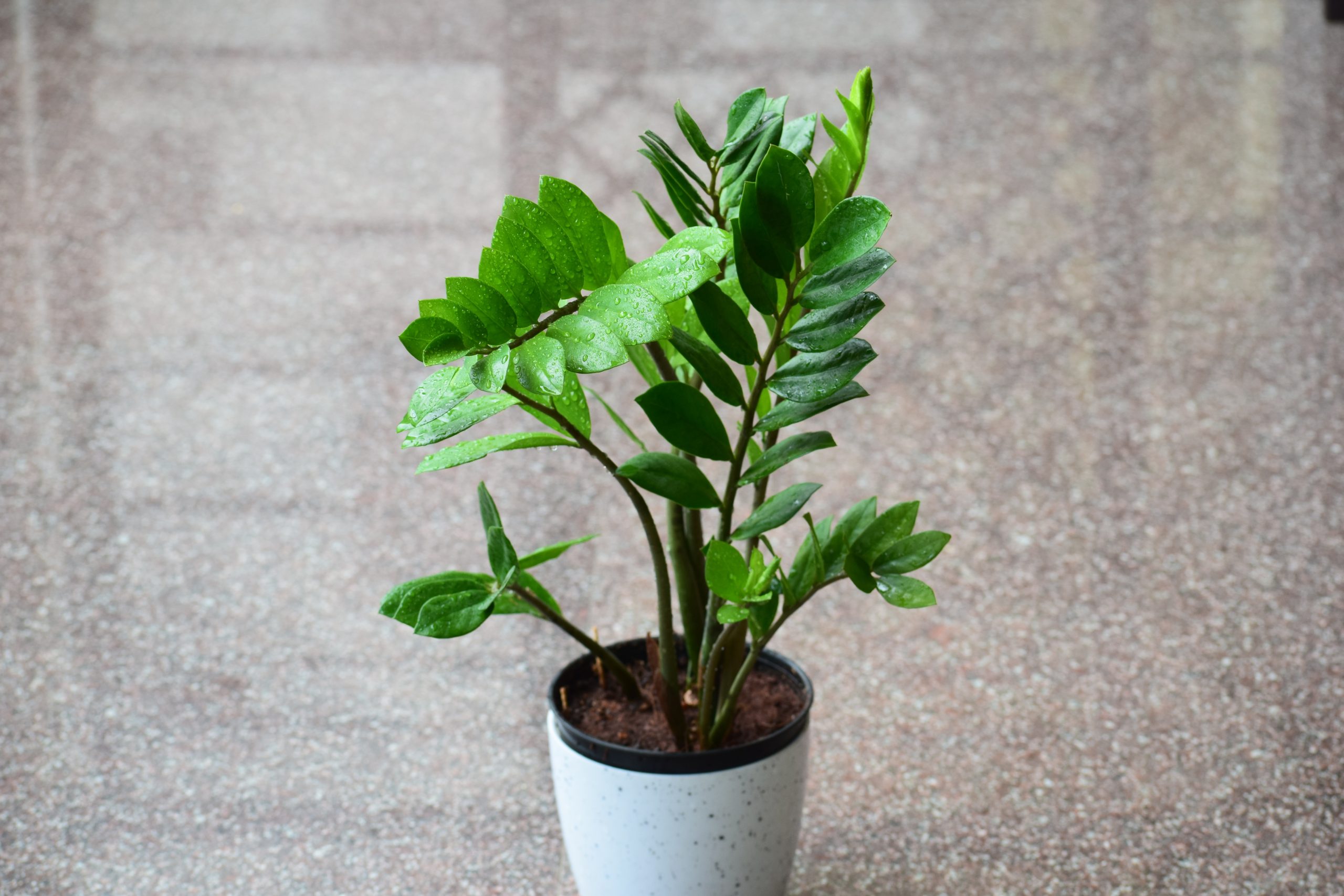The snake plant, also known as Sansevieria or mother-in-law’s tongue, is a popular indoor plant that is native to West Africa. It is known for its long, upright leaves that are typically green with yellow margins. The leaves are also sometimes variegated with white or silver stripes.

The snake plant is a low-maintenance plant that is easy to care for and can thrive in a range of lighting and temperature conditions. It is also a good choice for people who are sensitive to allergens, as it has been shown to help purify the air by removing toxins such as formaldehyde, benzene, and xylene.
In addition to its air-purifying qualities, the snake plant is also said to have other potential health benefits. Some studies suggest that the plant may help improve indoor air quality, promote better sleep, and reduce stress levels. However, further research is needed to fully understand the effects of the snake plant on human health.

The snake plant is a popular choice for indoor décor, as it is a durable and attractive plant that can be easily incorporated into a variety of design styles. It can be propagated by division or by rooting leaf cuttings in soil, making it a good choice for plant enthusiasts who enjoy propagating and sharing their plants.

- Lighting: Snake plants can tolerate a wide range of lighting conditions, from low to bright, indirect light. However, they will grow best in bright, indirect light. Avoid placing them in direct sunlight, which can scorch the leaves.
- Watering: Snake plants prefer to dry out slightly between waterings, so only water them when the top inch of soil feels dry to the touch. Overwatering can lead to root rot, so it’s better to underwater than overwater.
- Temperature: Snake plants can tolerate a wide range of temperatures, from 60 to 85 degrees Fahrenheit. They are also tolerant of low humidity and can do well in dry indoor environments.
- Fertilizing: Snake plants do not require frequent fertilization, but they can benefit from a balanced, water-soluble fertilizer once or twice a year, following the package instructions for dilution and application.
- Pruning: Snake plants rarely require pruning, but you can trim back any brown or yellow leaves using clean, sharp scissors.
- Repotting: Snake plants prefer to be slightly root-bound, so you may only need to repot them every 2-3 years. When repotting, choose a pot that is slightly larger than the current one, and use a well-draining potting mix.
- Propagation: Snake plants can be propagated by dividing the rhizomes, which are underground stems. Carefully remove the plant from its pot and gently separate the root ball into smaller sections, each with its own rhizome and cluster of leaves. Repot each division into a new container with fresh soil.
Overall, the snake plant is a versatile and low-maintenance plant that can provide both aesthetic and potential health benefits to indoor environments.


